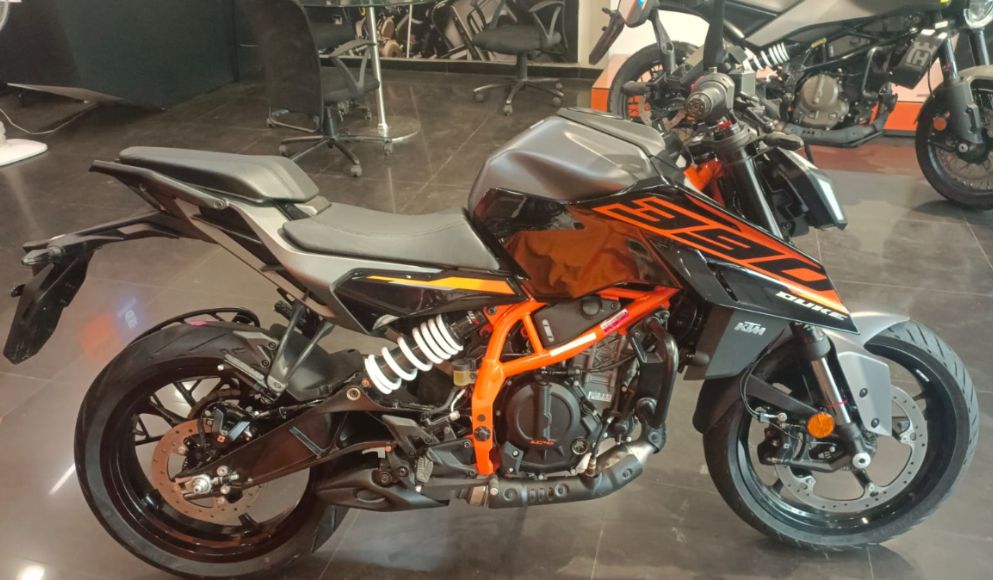A new spacesuit to be used by International Space Station astronauts has passed a crucial test in mirogravity conditions.

North Carolina-based Collins Aerospace, a subsidiary of RTX Corporation, built a spacesuit and tested it in a microgravity-like environment, announced NASA on Monday. The next-generation spacesuit is designed for use as a pressure garment for astronauts when they work outside the International Space Station.
The test was conducted on a microgravity aircraft that provided brief periods of weightlessness. The pilot of the commercial aircraft does this by conducting a series of roller-coaster manoeuvres in a parabolic flight, allowing engineers and scientists to test hardware and conduct scientific experiments in a space-like environment at a fraction of the cost.
You have exhausted your
monthly limit of free stories.
Read more stories for free
with an Express account.
Now subscribe at a special discount of 15% Use Code: ELECTION15
This premium article is free for now.
Register to read more free stories and access offers from partners.
Now subscribe at a special discount of 15% Use Code: ELECTION15
This content is exclusive for our subscribers.
Subscribe now to get unlimited access to The Indian Express exclusive and premium stories.
NASA, in 2022, selected Collins Aerospace to design and develop the suits, awarding the company a contract with a base value of $97.2 million. With the test of the new suit, the American space agency is one step closer to replacing the current design it has been using for decades, from the earliest space shuttle missions to the latest space station missions.
As Collins Aerospace is developing a suit for space station missions, Houston-based Axiom Space has partnered with Italian fashion house Prada to develop lunar spacesuits that will be worn by astronauts when they land on the Moon during the Artemis 3 mission. Axiom, in 2022, was awarded a contract with a base value of $228.5 million to develop a moonwalking system and demonstrate its use during Artemis 3.
The Axiom Extravehicular Mobility Unit (AxEMU) will have advanced capabilities designed for increased flexibility and greater protection compared to previous-generation suits. This should allow astronauts to survive harsh lunar conditions while having access to specialised tools for exploration and science experiments.
© IE Online Media Services Pvt Ltd
First uploaded on: 13-02-2024 at 12:38 IST







